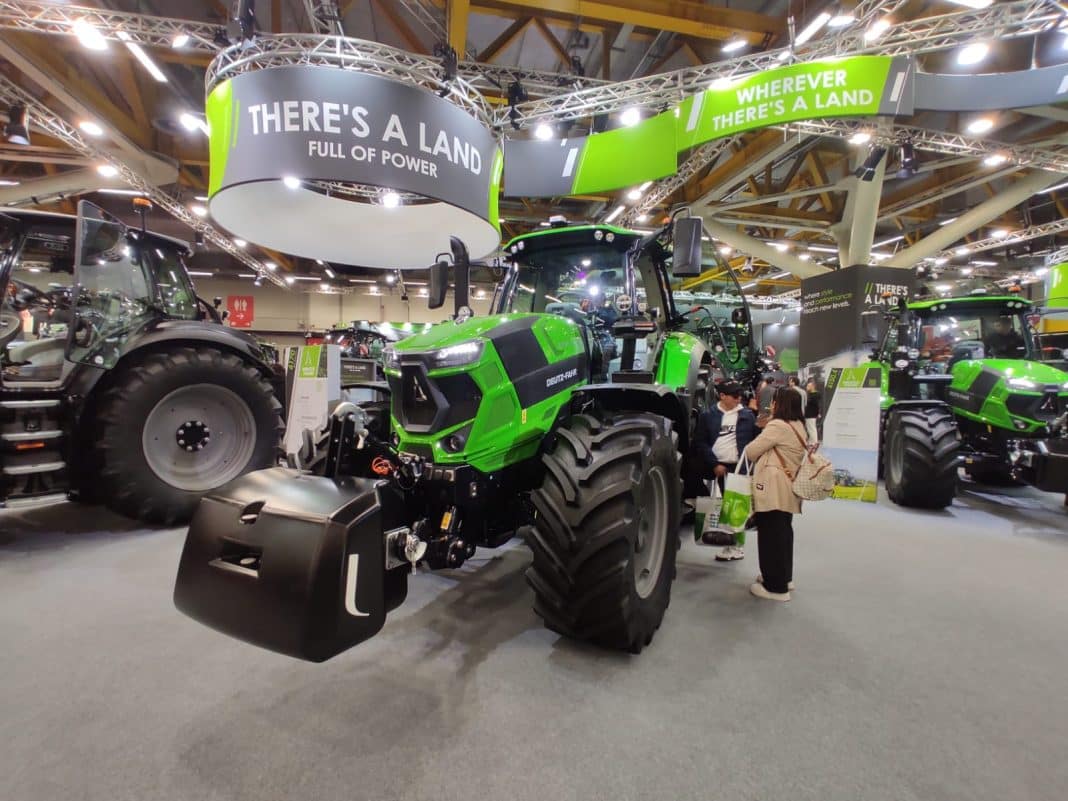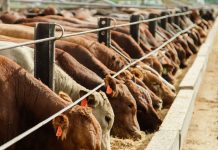Estimated reading time: 3 minutes
Italy’s National Federation of Agricultural Machinery Manufacturers, FederUnacoma, is setting its sights on emerging markets in Southeast Asia and Africa for future growth opportunities. This came to light during a press conference held at FederUnacoma’s recent EIMA International Agricultural Machinery Show in Bologna, Italy.
“South and Southeast Asia and Sub-Sahara Africa will account for the largest share of global agricultural production growth by 2023,” said Mariateresa Maschio, president of FederUnacoma. This expected growth is due to an expected population increase in those areas, which will drive the need for greater access to agricultural technology.
The African countries that Italy have pinpointed to expect the largest growth opportunities are Nigeria, Ethiopia and the Democratic Republic of Congo (DRC).

Global growth is shifting
While the global demand for agricultural machinery is destined to grow significantly, the geography of markets will change. This change was highlighted by the economic growth expectations in various regions in the world. “At the end of the year, global GDP growth of 3,2% is expected, substantially in line with that of the previous year (+3,3%), albeit with different trends in the main countries,” Maschio said, adding that China will see a 4,9% growth rate, India 6,7%, the USA 2,6% and Europe 0,7%.
The population of Sub-Sahara Africa was however expected to increase and account for half of the global population by 2050. Nigeria currently has a population of 230 million and this is expected to increase to 400 million by 2050. Ethiopia and the DRC both already have 100 million inhabitants and will also see significant increases, which will make them part of the ten most populous countries on the planet.
However, in Nigeria only 46% of the current cultivatable land is being tilled and the DRC only utilises 10% of its land potential. Maschio highlighted the opportunity for increased agricultural production.
“We need to take hands with these countries as partners and help them become sustainable and self-sufficient with regards to food production,” Maschio said, adding that the current rate at which these countries had to import food was not acceptable and needed to change.

Declining sales
Currently agricultural machinery experienced a negative growth rate of -12% in international markets over the first six months of 2024 and this trend was set to continue for the rest of the year. FederUnacoma attributed this to cyclical factors, rather than a drop in the need for technology, as new technology was required to constantly develop agriculture. The reconciliation of productivity and sustainability remained the Italina agri machinery’s main priority, Maschio said. – Susan Marais, Plaas Media







